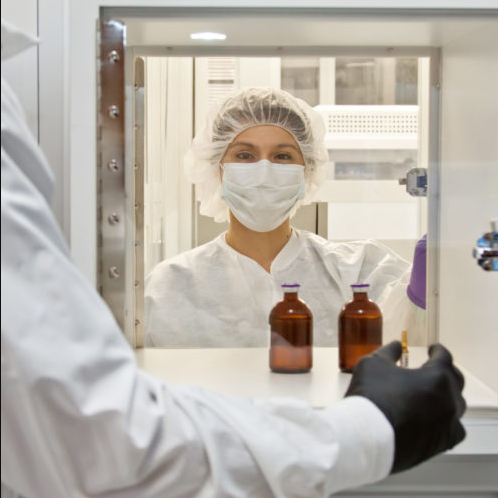ACCELERATED STABILITY AND SHELF-LIFE CALCULATION
Objective:
- To lay down a method for accelerated stability and to find out the shelf life of the product.
SCOPE:
To ensure that the procedure method for accelerated stability and to find out the shelf life to the product in pharmaceutical Industries.
RESPONSIBILITY:
- QA and QC personnel shall be responsible for follow the procedure mentioned in this SOP
ACCOUNTABILITY:
QA Head shall be accountable, implementing and ensuring compliance with the SOP.
PROCEDURE:
Simplified graphic techniques have been employed to predict the breakdown that may occur over prolonged periods of storage at normal conditions, Free and Blythe describe such a technique for liquid products where the decomposition behaves according to the general kinetic laws.
For example, if degradation of product is following First Order Reaction Kinetic the time required to loss of potency at the several temperatures and to reach 90% of the potency of the theoretic potency is calculated by plotting a graph and lines.
These time values are plotted at different temperatures can be plotted and time for 10% loss of potency at room temperature can be obtained from the resulting straight line by extrapolation to 25°C.

If the extrapolated data shows that the time to reach 90% potency at room temperature is too rapid to provide an adequate shelf life for the product, it is possible to determine the overage required for the product to maintain at least 90% potency for a prescribed time.
Certain Kinetic paths have been described by Kennan, which can be used for purpose of certain comparisons during formulation development work.
Using standard kinetic equations, Kennan calculated the paths that reactions would follow if a 10% potency loss into two years at room temperature were permitted
By choosing activation energies of 10 and 20 kcal/mol, both of which are conservatively low, and by plotting the time in months that a formulation would take to drop to 90% potency versus 1/T, you can get the figures as shown in table below.
| Maximum and Minimum time at which potency must be at least 90% of the label claim at the temp. Indicating order to predict the shelf life of the two years at room temperature. | ||
| Temperature | The maximum time for study | Minimum time for study |
| 370 C | 12 Month | 6.4 Month |
| 450 C | 2.3 Month | 2.9 Month |
| 600 C | 4.1 Month | 03 Weeks |
| 250 C | 06 weeks | 2.5 Days |
- If the potency of the formulation is found to remain above 90% of its original concentration after storage at the various temperatures for certain periods of time given in the table, there is a good assurance that the formulation will meet the requirement of two-year shelf life
- Thus, if the assays are over 90% of original potency at the minimum times at representative temperature in all probability, the assay will be over 90% after two years at room temperature.
List of Annexure / Formats:
- Not Applicable
References (if any).
- SOP on SOP.
Reason for Revision:
- New SOP initiated
Distribution list:
- Quality Assurance
- Quality Assurance
History
| Date | Revision Number | Reason for Revision |
| 0 | New SOP |



